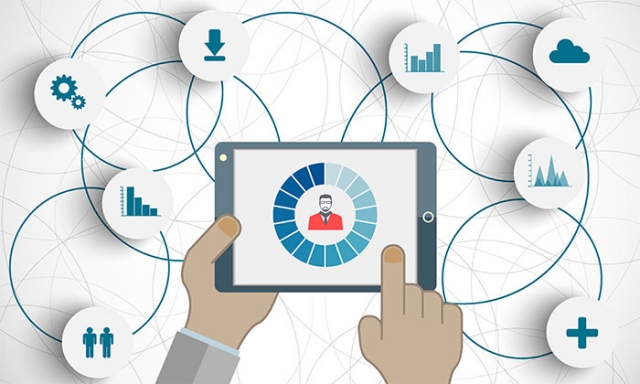7 reasons why firms are still struggling with HR analytics

Most HR leaders may have realised the advantaged of using HR technology and analytics, but how many are fully equipped to leverage on the benefits of such technology?
Polling 107 HR professionals from Malaysia, Singapore, and Hong Kong, a new report by CIPD delved into the biggest reasons which are limits organisations from realising the benefits of HR analytics.
It concluded that while organisations view HR analytics as hugely important and potentially transformative, they admit that these type of analytics are at the very early stages of capability and are being held back by a range of factors.
“Many organisations have begun their HR analytics journey but it is still in it’s very early days. Those organisations that are able to use HR analytics to be more strategic are likely to make significant steps towards sustainable, competitive advantage,” commented Edward Houghton, CIPD’s research adviser.
Here are seven such reasons which were identified in the report:
1. A lack of business investment and HR analytics expertise, with 57% of HR professionals say there is a lack availability when it comes to analytical skills.
2. Reflecting the global situation, the application of HR analytics is fragmented, in sectors and organisations.
3. Almost half (48.5%) of organisations lack sophisticated HR technology which meets the needs of the business and only 23.4% are currently using a fully integrated HR analytics IT programme.
4. Constraints such as investment, leadership understanding and overall HR maturity are holding back development at a strategic level while at an operational level, technology and the analytic skill set are inhibiting the development of the function
5. Standardisation is a significant challenge – HR professionals are unsure whether to develop context specific measures for their organisation or standard measures for benchmarking purposes
6. The majority of data is used as a reflective insight, rather than using indicators to develop forecast data
7. Organisations continue to focus their attention of engagement and data around cultural aspects of the firm as their main sources of people data. Far less is being measured and reported with regards to other strategic activities such as productivity and performance.
“The pace of evolution may be fairly slow, but this study shows that there is real potential for HR analytics to add value across businesses and across the region,” Houghton stated.
Small projects that show clear business insights through a balanced scorecard are an essential way to get wider buy-in from the business on the value of HR analytics, and can open the door for greater investment in technology and skills to support this critical activity,” he added.
The report also included four key recommendations for organisations to reap more benefits from HR analytics.
Firstly, HR functions should attract more analytics talent into the profession and develop HR experts with a foundation of analytical understanding.
Secondly, HR professionals in the region should look to working across the business functions in their organisations as well as externally with industry peers to establish best practice methods.
Thirdly, HR leaders should champion better metrics and analytics to other senior leaders in the business and drive investment in HR analytics using evidence-based projects.
Lastly, instead of only developing analytical skills in senior professionals, these skills should be developed throughout the HR function, from junior-level professionals to senior-level professionals.






